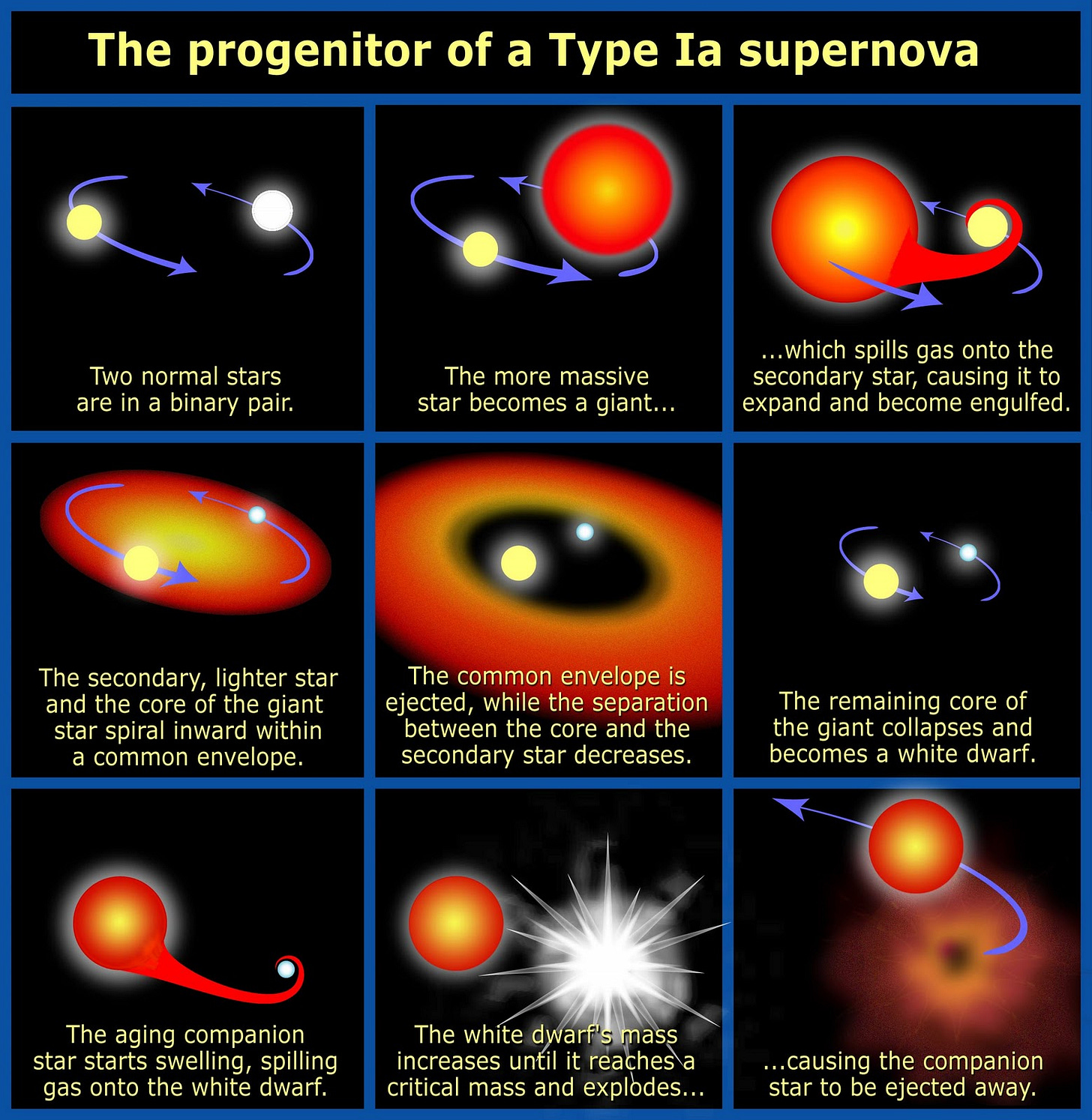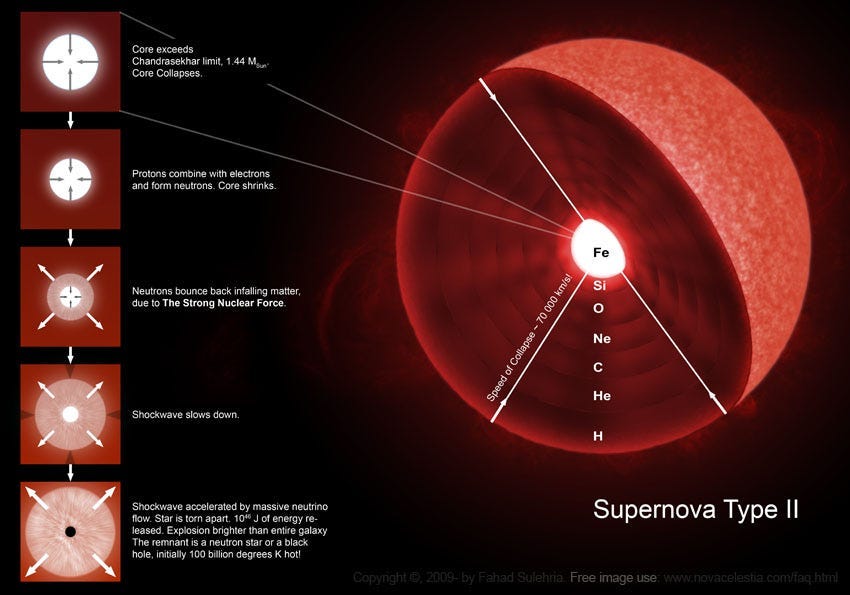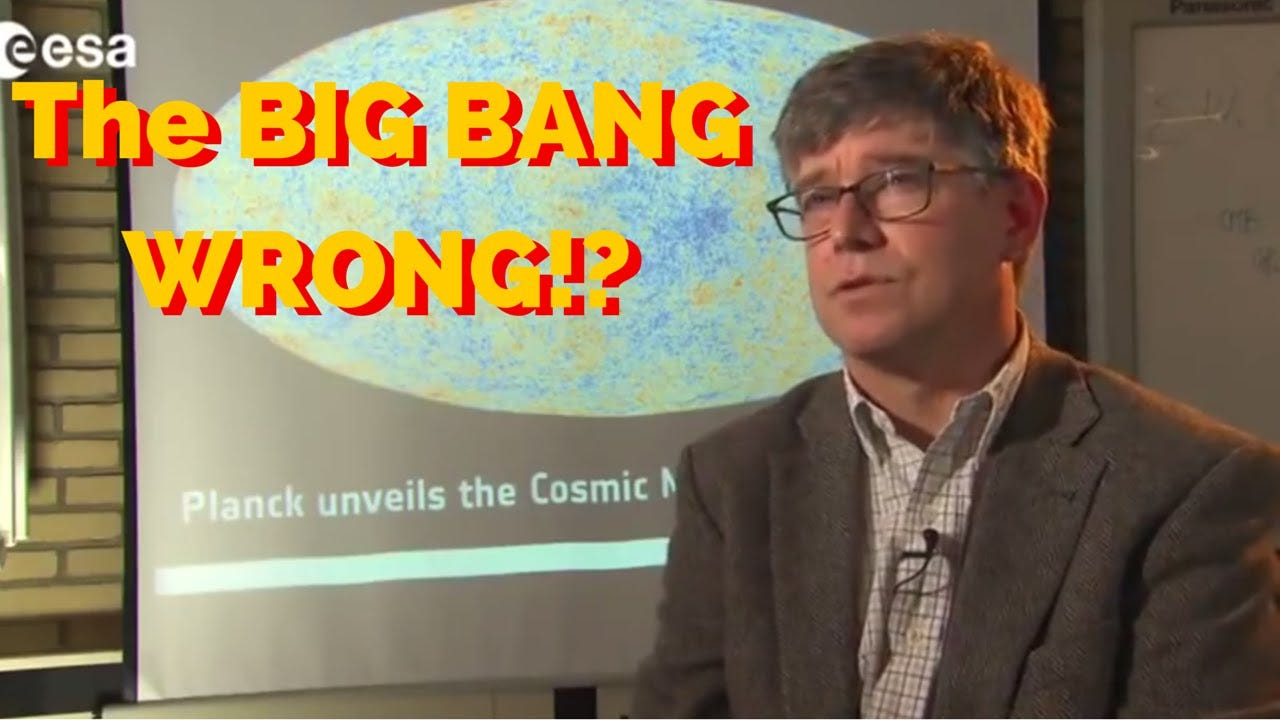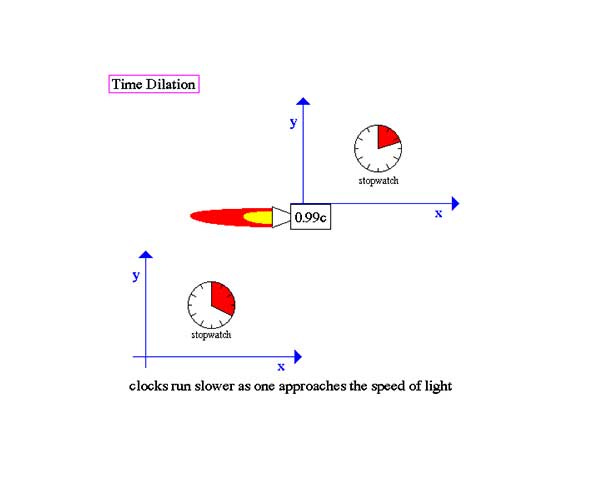Supernova’s and Banging. Models and metaphysics twisted to fit the narrative of the Banging religious. $cientism.
Too much money at stake to admit errors, omissions or declare that there is an endless Gods of many Gaps problem.
Fact Checking and story making
‘Fact-checkers’ are the new Gestapo deployed by ‘the Science’ to remove objections to the dogma. They are paid to dissemble if not lie. The Theology of the Big Bang remunerates and deploys these creatures to push the NASA-Scientism rhetoric and to redefine words, observations and basic reality. It would be interesting to map the payments and relationships between ‘The Science’ and the journals and websites that preach and promote the gospel. The corruption and stench of such nepotism and vested interests would likely make a sewer smell sweet. When real world evidence gets in the way of the narrative dogma, then simply ignore the data, or contort it to fit ‘The Science’.
Bias
An example of Fact Checking ‘bias’ within Banging theology is the issue of ‘Supernovae’ and a recent 1987 explosion of a planet, which the Bang model cannot explain (more below). However, the gymnastics employed by the Bangers to fit what the model does not predict, or support is very impressive. The definition of the 1987A Supernova according to the Big Bang narrative is the following:
Supernova: Supernova 1987A, first supernova observed in 1987 (hence its designation) and the nearest to Earth in more than three centuries. It occurred in the Large Magellanic Cloud, a satellite galaxy of the Milky Way Galaxy that lies about 160,000 light-years distant. The supernova originated in the collapse and subsequent explosion of a supergiant star, and it is unique in that its progenitor star had been observed and catalogued prior to the event (Written by John Donald Fernie Fact-checked by The Editors of Encyclopaedia Britannica)
Who doesn’t trust John and the army of ‘Fact-checkers’ at Encyclopaedia Britannica in defining the death of a ‘super giant star’. They would never distort or obfuscate. They love you and they spend day and night searching for and defending the truth.
But what does an exploding supernova really tell us?
An imploding Star
On August 31, 2023, the James Webb Telescope at NASA released a fantastic and startling image of Supernova 1987A, 1.5 light years away (roughly 7.5 trillion miles), the nearest supernova since Johannes Kepler observed one in 1604.
Supernova 1987A ‘exploded’ in 1987. As with their opposite and incomprehensible phenomenon Quasars which are new galaxies appearing from White Holes, NASA, the gatekeeper of money and the Big Bang gospel, has no explanation and cannot reconcile either phenomena with their 14 billion years narrative of the universe. An exploding star does not mean it is billions of years in age. If you read through the Bang model of how supernovas are formed (below), upending or inflecting any number of dozens of constants, assumptions and fine-tuning could easily mean that a star (which may or may not be a fusion bomb), could explode at any time. However, if you search online about supernovae, you are confronted with confident assertions that these events ‘confirm’ the Bang Model, long ages, and fusion energy stars. It is rubbish.
What are Supernovae?
The official narrative on Supernovae goes something like this.
-Enormous Stars, created at the time of the Big Bang and many times the size of our Sun, die a violent death
-When these gigantic stars explode, we should be able to use them as a ‘clock’ looking back at the creation of the universe given we can measure the distance from the event to Earth in light years (the light emanating from the explosion occurred in the deep past according to bangers, even if we see in 1987 for example)
-The Star collapses on itself creating a Black Hole (which cannot be seen)
-It then explodes outwards with the energy of ‘billions of stars’ (somewhat at odds with Banging theology which states that nothing is emitted from a Black Hole)
-But these emissions of energy do not always occur, given that different types of supernovae exist (Types I implode, Types II explode)
-There are hundreds of supernovae in our galaxy
-The mechanics are interesting - supposedly everyone knows that all stars convert hydrogen into fusion at their core (a theory much in dispute, but confidently alleged by ‘The Science’)
-The fusion process releases photon energy or light and this pushes against the force of gravity which is pulling on the star itself
-Our own Sun, the poor thing, does not have the mass to support fusion reactions beyond the use of helium or hydrogen, so when the helium is used up it will become a ‘white dwarf’ and cool down
-But if we view a star that is say 25 times the mass of our Sun, it can fuse its heavy elements at the core, so when hydrogen runs outs, the Star will somehow switch to helium, then neon etc and when it reaches iron, the fusion reaction takes more energy than it produces
-At the stage of iron fusion, the outer layers of the star collapse and detonate in a Type II supernova explosion
-A dense neutron star would be left, unless the mass was more than 25 times the mass of our Sun, then the inward collapse creates a Black Hole (which cannot be seen)
-If the mass is 100 times greater, they simply explode and that is that, nothing remains, no structures, no neutron stars, just debris issued in every direction
-Type I’s are different and rarer than Type II’s; with a dead white dwarf former star, ‘paired’ with a ‘red giant’ star or another white dwarf, where the white dwarf sucks in matter from its companion star until it explodes and vaporises
In these supernovae explosions matter is created. This process is replicated in part by expensive particle accelerators which are used to create more massive elements on the Periodic table. The creation of matter takes incredible energy lasting only a few seconds. In supernovae these elements are manufactured through the crunching of matter and supernovae are much better at creating matter ex-nihilo than a particle accelerator. Matter creation is used as partial evidence for some of the steps listed above.
Any objections?
So, there you go. All the ‘science’ you can eat! Or to be more accurate, all the metaphysics.
The ‘settled science’ of Type I supernovae are used as ‘candles’ in Banging theology, to measure distances in the universe and confirm Banging time and long-ages. Supposedly astronomers can estimate the energy used in the demolition of a star and from this premise calculate the distance to the explosion and work back to the time of its explosion! Stars could of course implode or explode for many reasons – it has nothing to do with long ages.
Banging theory contains no ‘laws’. The list above of supernova formation is an example. The fusion cycle and use of heavy elements down to iron is entirely a hypothesis that cannot be proven and cannot be replicated in a lab or in reality. Another constant is invoked to prevent the star from imploding, at any time during its life, in a nuclear reaction. Many objections have been raised including observations that helium and hydrogen fusion accounts for less than half of a Sun’s energy output, which contradicts the dogma.
The entire sequential flow of a star’s ‘life’ is based on long age conjecture and hand-waving riddled with assumptions, untested theories, absolutes with no proofs, and estimations to fit a Bang model. There are so many assumptions and issues with supernovae in the context of Big Bang pantheism they fill books.
Hubble’s ‘Law’
For Bangers, the witness in 1987 of a super-giant star explosion is for some reason a ‘confirmation of Hubble's Law’, namely the ‘acceleration of the universe’. Hubble supposedly proved that galaxies are receding away from us with a velocity that is proportional to their distance from us: more distant galaxies recede faster than nearby galaxies. Hubble’s law states that the universe is isotropic (2.7 K temperature everywhere in space ), but it is not as decribed previously. A study of 313 galaxies also disproved this ‘cosmological constant’ including isotropy and acceleration (2020).
Hubble’s ‘law’ is first a theory and a poor one based on observations, and it invokes the mysterious, never discovered ‘Dark Energy’ to explain the increased acceleration of galaxies and their massive weights. The Flat disc theory and other interpretations of data, light and distance, dispute the notion of an infinitely expanding and accelerating universe.
The entire premise of Hubble’s theory rests on Redshifts, their age and distance and most of what this ‘law’ purports does not comport to reality or observations. Even Hubble 100 years ago, had his doubts about Redshifting. The age, distance and light emanation spectrum from stars and quasars is anything but ‘settled science’, that is if you sit outside the paradigm of the Bang industry and its money-power complex. All the astronomical observations are filtered through the metaphysics and viewpoint of a 100-year-old theorem. This is not scientific.
A normal person would ask the most obvious question, ‘what does an explosion have to do with the acceleration of the universe, containing enormous masses, and endless expansion?’. It doesn’t. Exploding Stars, based on the Bang’s own model and steps listed above, do not confirm Hubble’s theory on universal acceleration. Computer models cannot make a ‘star explode’ but I am to believe that this is just the ‘natural life cycle’ of these massive objects, and nuclear fusion reactors, and that somehow it supports ‘acceleration’. Just add more ‘variables’.
“In a huge failure of theory, most computers can’t actually make a star explode," Dr. Fiona Harrison, a Professor of Physics and Astronomy at the California Institute of Technology, revealed in a (2015) NASA presentation at the Smithsonian National Air and Space Museum held September 30th in Washington, D.C. "The explosion halts until an ad-hoc mechanism – the sloshing around of the central part of the star – is put in by theorists to make the star fly apart."
I am sure the Banging religious have been fact-checking this presentation for many years and ‘debunking’ it.
Supernova issues
An exploding star has little to say about universe time, distance, universal expansion or much of anything. Given the competing theories of star formation and demise, it is more accurate to say that we have theories looking for some proof.
-In theory, stars can only form through an unlikely nearby star explosion and an exploded star would need another earlier nearby star explosion to generate its formation (back to the prime mover issue)
-Is it really feasible that a shockwave from a supernova explosion compresses a gas cloud so that it contracts to form new stars, some gigantic and 100x the size of our Sun?
-No observation exists of a supernova sending out gas which then compresses into a star, it is all theory and models
-The first star formation is theory based on the initial Bang explosion, expansion, acceleration, the creation of gas and gravity, which caused gaseous emissions to condense and contract, forming nuclear fusion bombs built with mostly helium and hydrogen
-This process of creating stars, including their explosions and new stars, should have littered the universe with debris from countless star explosions, instead, observations reveal a fairly clean universe
-Where are the other supernovae who pace Banging theology, should be as common as living stars, white and red dwarves?
The Bangers state that supernova remnants as distinct features viewed in space, can only be detected if the remnant has been expanding for less than about 10,000–20,000 years, or if the remnant is in a region of very low stellar density, such as the halo of our galaxy. Therefore, it’s not at all surprising that the number of clearly detected distinct supernova remnants is less than what the Bang and star formation models predict. So, they maintain.
How convenient. Maybe the theory is wrong and does not explain how stars are formed or why they die. Often astronomers have reduced the expansion time of supernovae from 20.000 years to 5.000 or 2.000 years (example, Veil Nebula). The reality is that there is a complete paucity of supernovas. About 300 to 400 supernova remnants (SNRs) are supposedly known, but this is less than half of what the Bang predicts. Frantic searches using radio observations using the ‘Very Large Array’ (VLA) in New Mexico and the MeerKAT array of radio telescopes in South Africa have come up empty. We should see our galaxy littered with the debris from exploding stars and the reality is we don’t.
JWST and SN1987A
Further, if we view the JWST image of SN 1987A, we see that there is no neutron star creation as predicted by the Bang models and this is ignored by the Bang media. Also, we can observe that the resulting structure of debris and related motion, spreading out nearly two light-years, took place in just a few decades, within the lifetime of everyone 35 years or older. The Bang model cannot explain this incredibly fast structural deposition, or the motion involved.
As well, the one-way speed of light is in reality, not measurable. No one can disprove that the speed of light is infinitely fast towards the Earth, and ½ c going away from us. The relativistic attributes of time, create a time dilation especially when you look back at events from the past, an example is 1987A supernova.
There is no accurate way of dating the 1987A supernova without considering the dilation of time and recognising that cosmological time is different than Earth time. The ‘curvature’ of space and time was one of Einstein’s insights, though it is unlikely that the ‘curvature’ bent by gravity would give a constant across space (no one knows). Even if a star explodes it does not mean that it went through billions of years of cycles – this viewpoint is theoretically and based on the Bang paradigm. There is no reason why it is right, given the endless constants and fine-tuning it is probably wrong.
In reality we don’t know what the speed of light is uni-directionally, nor what it could be in different parts of space. It is likely that processes will appear to be much slower cosmologically than they actually were when the Earth was formed. None of these issues or arguments make an appearance in Banging literature. Einstein is selectively used when special relativity fits the model.
Bottom Line
Supernovae do not prove Bang theology nor Hubble’s theory, nor much of anything. In fact, they throw up a lot of problems for Bangers, who must invoke various pantheistic deities as constants or ‘laws’ to support the theory. Data interpretation depends entirely on your world view and who puts money into your bank account. If your interpretation of data is filtered through the prism of the Bang paradigm you will fit the observations to the theory. If you are open-minded and critical, you will look for an explanation which best describes what is observed and what can be tested. $cientism vs Science. In any event, the Big Bang is a theory with a lot of problems as evidenced by their gymnastics to explain Supernovae.











Another concise and informative post - thanks a million. I've been waiting decades to get this info. I suspected - who wouldn't ( except those on he take) - the current 'orthodoxy' was mostly forcing observation to fit theory and not the other way around but never had the time to do the research. You are more tenacious. So thanks again for all your work and posts. Keep them coming. May I respectfully suggest a specific post on the whole vexed question of red shifting? What exactly is it? How is it detected? How is it used to 'explain' expansion? Also how about a look a cepheid variable stars and how they are used to work out the cosmic distance scale? That move always seemed highly dodgy to me. Also a summary of an alternative theory that better helps us understand current observations. For me, having read your posts, black holes are a fantasy; the universe is not expanding; the BB never happened; the distance scale is all wrong; we have no clue how stars are made or why they explode. Cosmology really is the best arena to do battle with Scientism. We can win this. That victory can serve to define the proper use of the scientific method and help stop the abuse in other domains ( maybe).